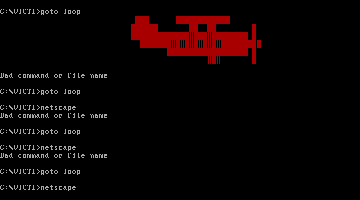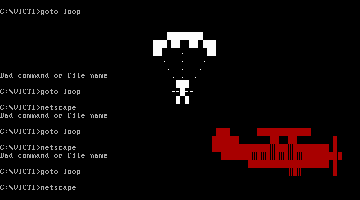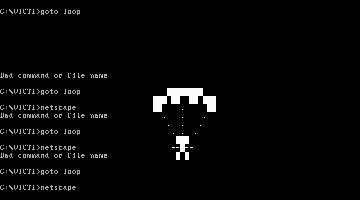HLLC
Summary
HLLC is a family name - all companion viruses written in High Level Languages, such as Pascal, C, C++ or Basic, have been grouped under this name.
Removal
Based on the settings of your F-Secure security product, it will either move the file to the quarantine where it cannot spread or cause harm, or remove it.
A False Positive is when a file is incorrectly detected as harmful, usually because its code or behavior resembles known harmful programs. A False Positive will usually be fixed in a subsequent database update without any action needed on your part. If you wish, you may also:
-
Check for the latest database updates
First check if your F-Secure security program is using the latest updates, then try scanning the file again.
-
Submit a sample
After checking, if you still believe the file is incorrectly detected, you can submit a sample of it for re-analysis.
Note: If the file was moved to quarantine, you need to collect the file from quarantine before you can submit it.
-
Exclude a file from further scanning
If you are certain that the file is safe and want to continue using it, you can exclude it from further scanning by the F-Secure security product.
Note: You need administrative rights to change the settings.
Technical Details
There are several members, including the following viruses: HLLC.Even Beeper.A, HLLC.Even Beeper.B, HLLC.Even Beeper.C, HLLC.Even Beeper.D, HLLC.3351, HLLC.Globe.6610, HLLC.Globe.7705, HLLC.Halley, HLLC.Happy Monday.A, HLLC.Happy Monday.B, HLLC.Happy Monday.C, HLLC.16850.
These viruses spread by creating a companion program that will be executed before the original one.
Members of the HLLC family are rarely seen in the wild, but the chance of a false alarm is bigger than with viruses written in assembly language - this is because it is more difficult to find a distinct search string for these viruses.
See: HLL, HLLO.
Variant:Plane (HLLC.Plane)
Size:8304
This virus is written with Turbo Pascal.
When an infected file is executed, virus locates random EXE files and copies itself to the same directory with them, with a COM extension. Later on, these files get executed when users run programs without specifying the extension.
The companion files created by the virus are always 8304 bytes in size, and they are visible in the directory listings normally. This virus does not stay resident in memory.
HLLC.Plane activates by random. When it activates, it shows a character-based animation of a red plane flying past the screen and dropping a parachute in the middle of the screen.




HLLC.Plane was found in the wild in Finland in December 1996.
)
Protect your devices from malware with F‑Secure Total
Protecting your devices from malicious software is essential for maintaining online security. F‑Secure Total makes this easy, helping you to secure your devices in a brilliantly simple way.
- Award-winning antivirus and malware protection
- Online browsing, banking, and shopping protection
- 24/7 online identity and data breach monitoring
- Unlimited VPN service to safeguard your privacy
- Password manager with private data protection
More Support
Community
Ask questions in our Community .
User Guides
Check the user guide for instructions.
Submit a Sample
Submit a file or URL for analysis.